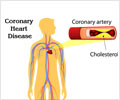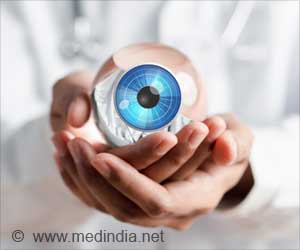
The findings could help match tens of thousands of cardiac patients with life-saving treatment in time. Approximately 1 million Americans have a heart attack each year. In certain age groups, more than a quarter of those who survive the initial attack end up dying of complications within a year, according to the American Heart Association.
"Today's methods for determining which heart attack victims need the most aggressive treatments can identify some groups of patients at a high risk of complications. But they miss most of the deaths---up to 70 percent of them," said Zeeshan Syed, an assistant professor in the U-M Department of Electrical Engineering and Computer Science and first author of the study.
Using data mining and machine learning techniques, the researchers sifted through 24-hour continuous electrocardiograms (EKGs or ECGs) from 4,557 heart attack patients enrolled in a large clinical trial led by the Brigham and Women's Hospital/Harvard Medical School TIMI Study Group, one of the world's leading cardiovascular research organizations. The electrocardiogram measures and displays the electrical activity of the heart.
The researchers found that the EKG signals from many of the patients who later suffered cardiovascular death contained similar errant patterns that until now were dismissed as noise or simply undetectable.
"There's information buried in the noise, and it's almost invisible because of the sheer volume of the data. But by using sophisticated computational techniques, we can separate what is truly noise from what is actually abnormal behavior that tells us how unstable the heart is," Syed said.
Advertisement
"Unfortunately, it is a rather blunt metric and we tend to miss a fair number of the patients with the sickest hearts," said Benjamin Scirica, a cardiologist at Brigham and Women's Hospital who was also involved in the study. "We have to do a better job of identifying patients at high risk."
Advertisement
Syed got interested in these problems after his father suffered a heart attack years ago. It occurred to him how they might catch more people slipping through the tests.
Source-Eurekalert














